.
From Passion to Action: A Teen’s Experience in Little Cayman
By Jake Schenthal
In July 2016, 17-year-old Jake Schenthal joined the Earthwatch teen expedition: Helping Endangered Corals in the Cayman Islands. Jake has always had a passion for oceans and marine wildlife, but as he began to learn more about the devastating effects of climate change on marine ecosystems, he knew he was ready to make a difference.
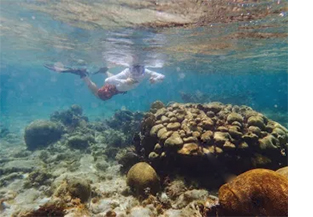 For millions of years, coral reefs have flourished within our oceans—almost every animal, in some form, has a connection to coral reefs. Humans especially rely on reefs for food, medicine, tourism, biodiversity, and much more. However, reefs today are under threat from overfishing, unprecedented tourism, ocean acidification, coral bleaching, and climate change. Coral bleaching is a phenomenon that occurs when the seawater gets too warm, or the conditions are not favorable, so the zooxanthellae, algae essential to the coral, disperse from the coral until the conditions return to normal. Without these algae, corals lose their vivid colors and eventually die. Today, climate change is a prime cause of this phenomenon.
For millions of years, coral reefs have flourished within our oceans—almost every animal, in some form, has a connection to coral reefs. Humans especially rely on reefs for food, medicine, tourism, biodiversity, and much more. However, reefs today are under threat from overfishing, unprecedented tourism, ocean acidification, coral bleaching, and climate change. Coral bleaching is a phenomenon that occurs when the seawater gets too warm, or the conditions are not favorable, so the zooxanthellae, algae essential to the coral, disperse from the coral until the conditions return to normal. Without these algae, corals lose their vivid colors and eventually die. Today, climate change is a prime cause of this phenomenon.
.
Knowing the importance of reefs and that these values were under threat, I wanted to make a difference.
.
I first encountered Earthwatch last year while I was searching for volunteer programs to do over the summer. As a volunteer at a local aquarium, I’ve always been interested in the oceans and the animals within them. While I was deciding between a couple Earthwatch expeditions, Helping Endangered Corals in the Cayman Islands really stood out to me, not only because it captured my interest in coral reefs, but it would allow me to make a difference in addressing a global crisis: climate change.
.
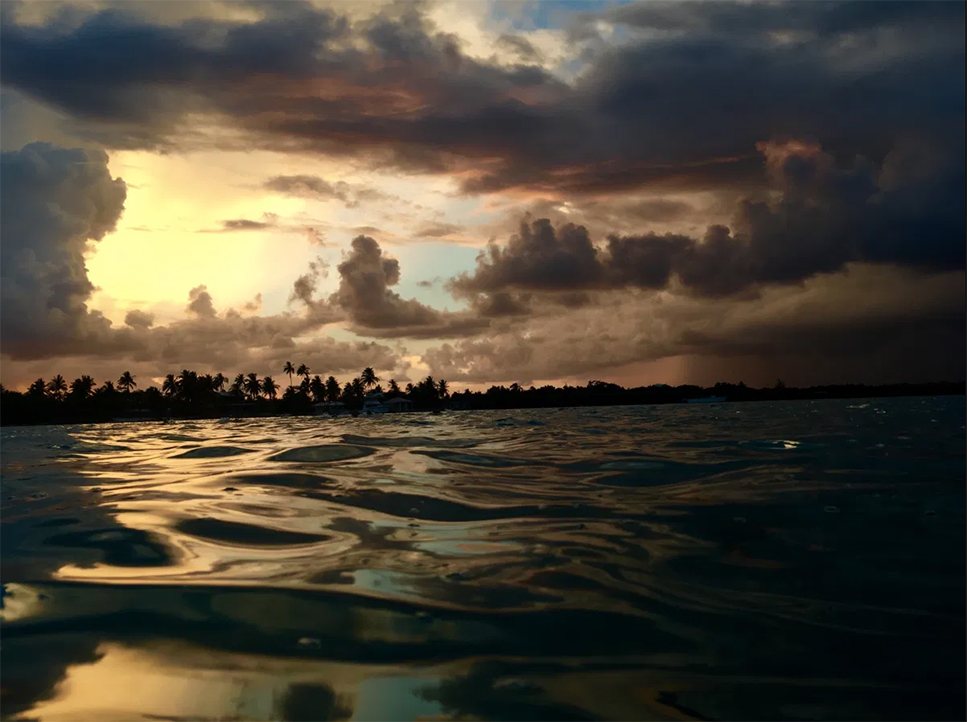
This stunning image taken on Little Cayman was also the 3rd place winner of the 2016 Earthwatch photo contest. Credit: Jake Schenthal
.
Little Cayman is an island with a permanent population of less than 100. This island is also home to the Central Caribbean Marine Institute (CCMI), one of the most remote and yet most renowned, scientific research stations in the Caribbean. Little Cayman is the smallest of the three Cayman Islands, and because of its limited tourism and infrastructure, the coral reefs are among the most intact of any Caribbean island.
Every day proved to be a different experience. At times, conditions in the field were vigorous, with large swells and undercurrents, but that just added to the sense of adventure. The location was absolutely breathtaking. Snorkeling among the reefs helped to widen my understanding of the oceans, and at the same time, make me feel minuscule. For the first couple days of this incredible experience, we spent time at CCMI learning about the different types of coral that exist in the Caribbean as well as the ways in which they interact. After various workshops and presentations, it was time to do field research.
,
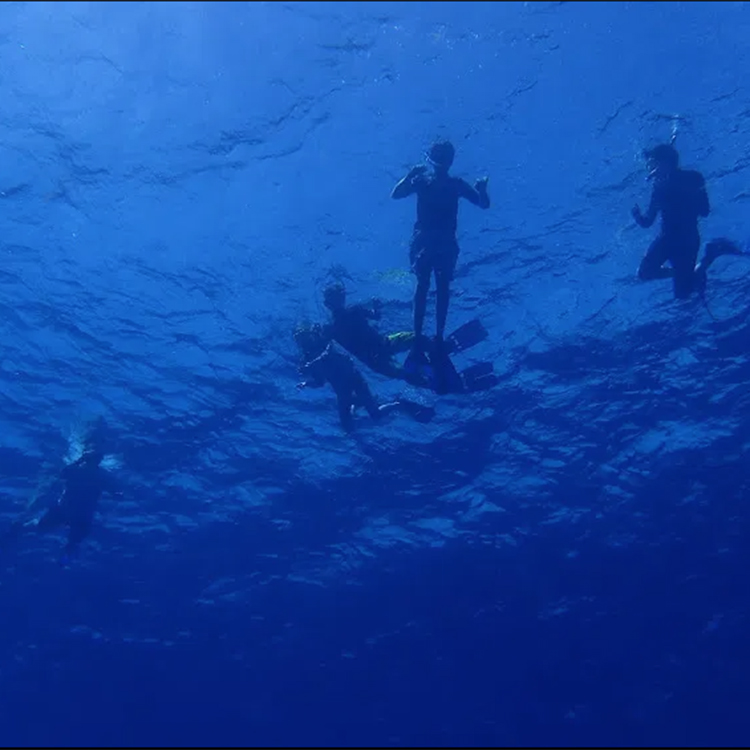

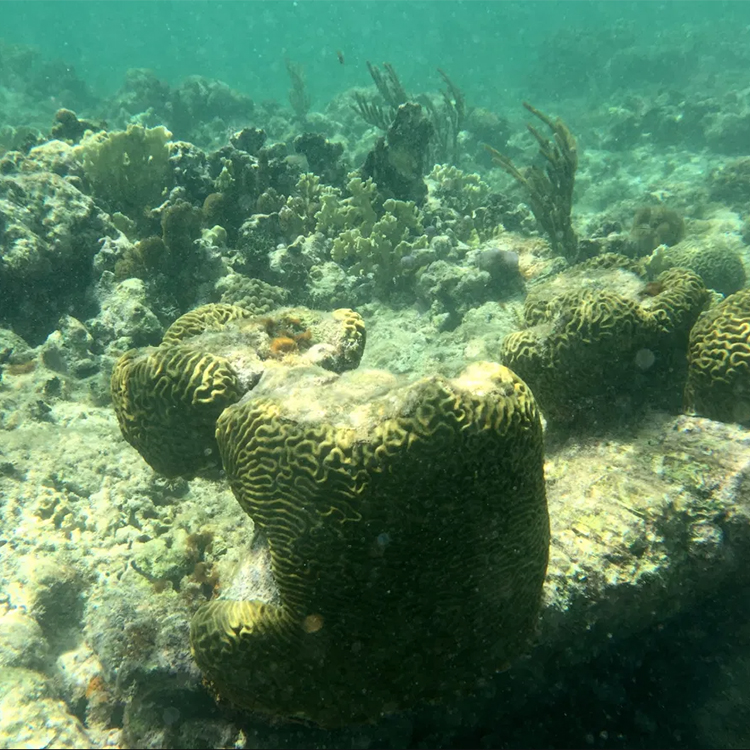

.
While challenging at times, the field research was arguably the most enlightening part of the trip. We did two research excursions per day, each to a different part of the island. For much of the research, we used a tape measure, clipboard, writing materials, and a color chart, which depicted healthy and unhealthy colors for coral. When in the water, we would lay a “transect” of the tape measure, and record the colors of any corals that were within that transect. This ensures that the data consistently measures all the corals in the area, not just the bleached ones.
.
For years I had heard about the devastating effects of climate change, specifically coral bleaching. Supporting efforts to combat this firsthand was incredible.
.
The second part of the research consisted of sponge surveying. Sponges, a natural part of coral reefs, can sometimes be competitive to corals and take over important coral territory. While there is nothing specifically that can be done, especially since it happens naturally, it is important to document the distribution of them, and to see if climate change is increasing their range.
While I could say the crystalline turquoise waters, or the deserted beaches, or the Caribbean vibes were my favorite aspects of the expedition, being able to work together with like-minded individuals easily tops the list. This combined with the research and beauty of the island created a beyond memorable trip. In the end, I’m glad to know that my time and research will help to combat coral bleaching, one of the devastating effects of climate change.
.
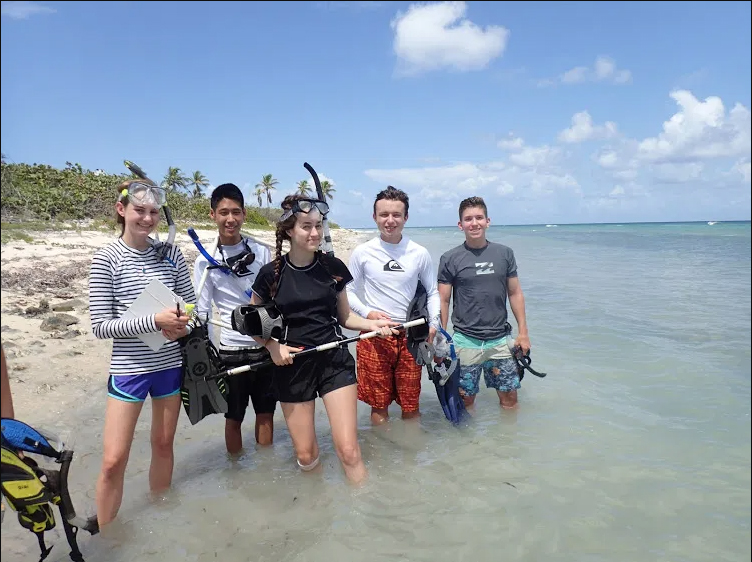
Jake and his Earthwatch team in Little Cayman.
,
Sign up for the Earthwatch Newsletter
Be the first to know about new expeditions, stories from the field, and exciting Earthwatch news.